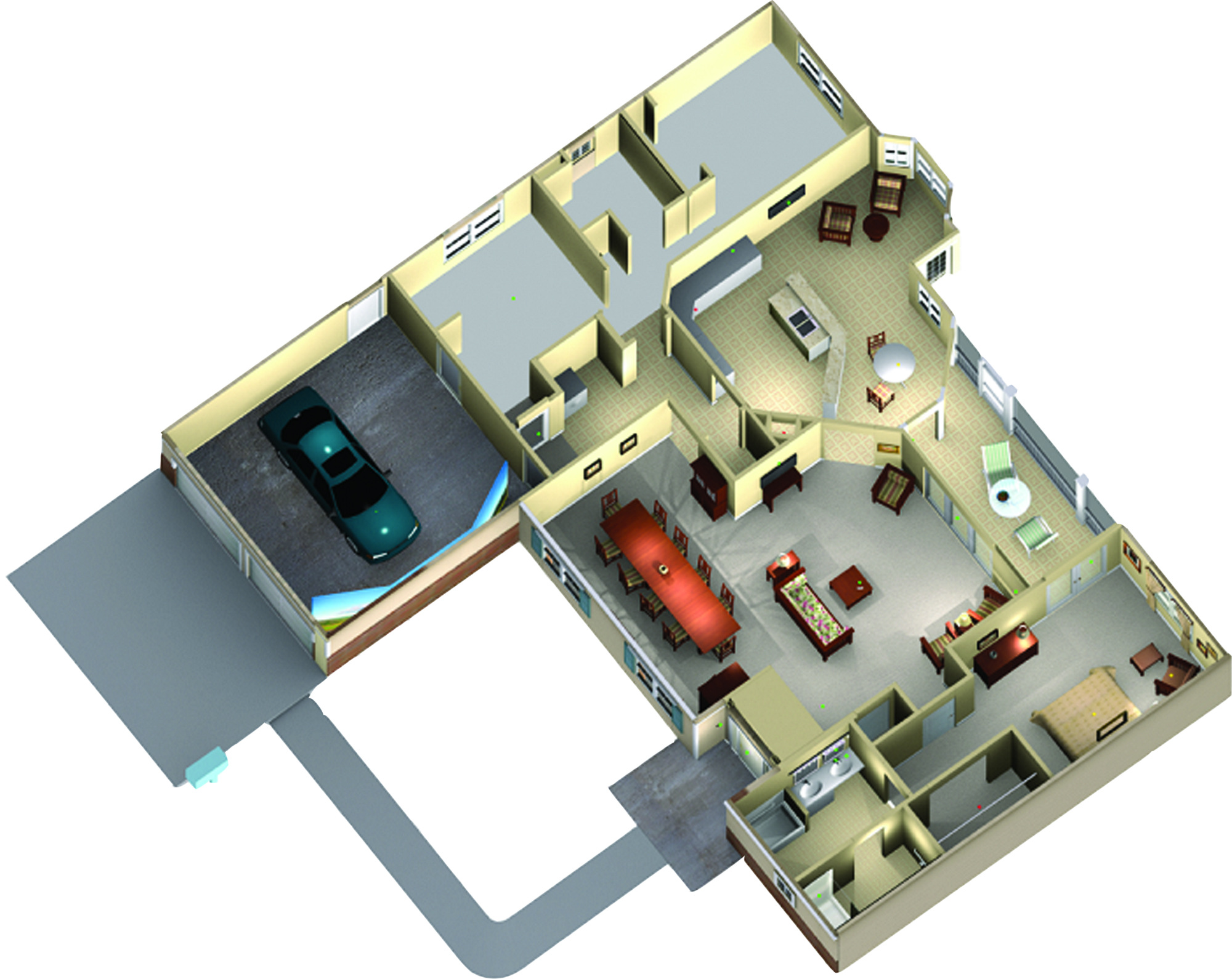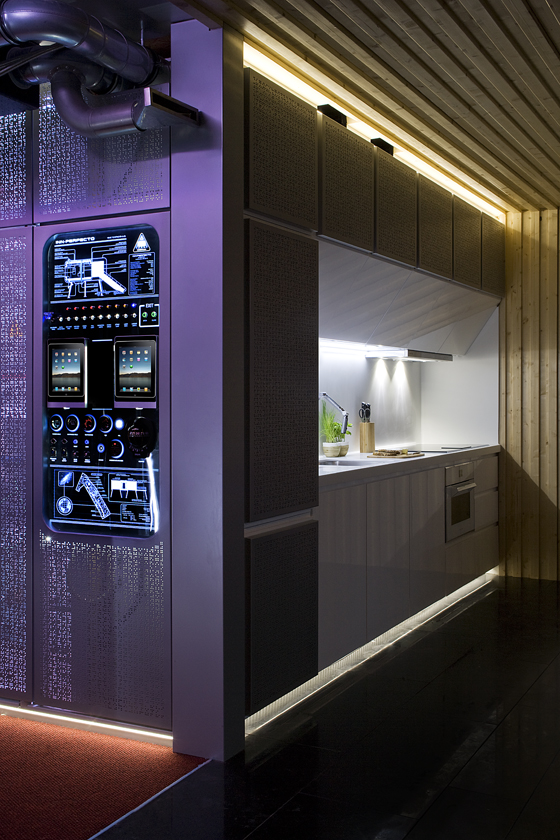Table Of Content

The material provided on this Site is protected by law, including, but not limited to, United States Copyright law and international treaties.2. User must be a prospective purchaser or seller of real estate with a bona fide interest in the purchase or sale of such real estate.3. User may not sell or use any of the real estate data on this Site for any purpose other than attempting to evaluate houses or properties for sale or purchase by User. A smart home is a house in which anything electric, such as appliances, lights, locks, cameras, televisions, and other objects, are connected through the internet to share information. Referred to as the Internet of Things, or IoT devices, you can remotely access and control connected devices through an app on a smartphone or tablet, or a smart home hub—such as Alexa or Google Assistant. Sonos is listed on CNET's best smart speakers, while Wyze is among the best smart plugs as well as offering great smart lightbulbs.
Phineas and Ferb The Movie: Across the 2nd Dimension
If we kit out our homes with connected devices today, they can take care of us tomorrow. Are you interested in connecting and automating as much of your house as possible? But, if your problem is one person leaving their bedroom light on when they leave the house, a smart light bulb might do the trick.
Smart House - Los Angeles Homes for Sale
Automatic blinds may be installed and set to close based on sunrise schedules. Alternatively, electronic curtains allow users to manage their blinds using a handheld device. Often with the use of a mobile phone, table, or custom remote specific to a product, lighting products now enhance the capabilities of homeowners. Lights can be switched on and off, placed on a schedule, or set to change based on sunrise or sunset times. Like some more traditional products, lights can often set to change based on motion.
Best outdoor security camera
Now, smart irrigation systems field climate and environmental conditions an factor those traits into existing water schedules. Smart irrigation systems monitor moisture-related conditions and strive to conserve water. Security and efficiency are the main reasons behind the increase in smart home technology use. Relevant company policies also factor into our reviews of these devices, especially when it comes to privacy concerns. Bringing a device into your home that can watch or listen to you or your neighbors comes with corresponding privacy concerns.

These devices also rely on an internet connection, so if wifi goes out, you might experience outages or difficulty accessing. Finally, while the devices are often more user-friendly, if you aren't tech-savvy, they may feel intimidating to use/install at first glance. A recent example is Google announcing it’s ending support for its smart security system, Nest Secure, leaving users with useless paperweights (although Google will help you recycle the devices).
DIY security systems are easy to install and let you self-monitor your home via a mobile app, but if an alarm goes off, you have to call the proper emergency agency yourself. Fortunately, most DIY systems now offer no-contract professional monitoring services; if a sensor or smoke alarm goes off, the company dispatches emergency personnel automatically. Smart light bulbs let you control individual lights or groups of lights. From your phone, you can configure the color, color temperature, and brightness level of these lights to create the ideal setting for dining, watching movies, reading a book, or just relaxing.
Smart thermostats are generally easy to install, but require working with low-voltage wiring (and typically some light drilling). Before you start buying dedicated smart home products, keep in mind that you can use a smart plug to easily transform ordinary devices such as lamps, fans, and coffee makers into smart devices that you can control with you phone. Simply plug them into a wall outlet, download the app, and connect your non-smart device. Now, you can use a smart plug to add any functionality that isn't already there—so you can't make your white light bulbs change colors, for example. Smart homes can choose to have smart speakers, lights, thermostats, doorbells, or home hubs. Smart technology can also extend to kitchen appliances or outdoor or landscaping equipment.
The Verge’s favorite smart home automations - The Verge
The Verge’s favorite smart home automations.
Posted: Tue, 05 Mar 2024 08:00:00 GMT [source]
But the key word is you — all that will only happen if you put in the work to set up the automation. In the future, a smart home could have the intelligence to do all of these things automatically, and — crucially — only if there is an actual fire, not just when you burn the toast. To use and set up smart devices, you’ll need an app on a smartphone or tablet. Nearly all devices come with their own app, but as you add more devices to your smart home, you’ll likely find you want a single smart home platform to control them through. This also lets you connect devices from different manufacturers together into routines and automations. For for a complete security package with door sensors, indoor motion sensors, and a siren, a full-on home security system is the way to go.

Beyond the Back Door
This includes motion sensor detectors when individuals should not be home, home monitoring, notifications and alerts of suspicious behavior, and the ability to lock doors or windows remotely using a phone. Smart home products now allow for greater control over heating devices including when products are turned on, turned off, and controlled. Smart products may be armed with temperature or humidity sensors to automatically turn on or off if certain criteria are met. This line of smart home innovations also extends to air conditioners. The cost of a smart home varies just as much as the options of smart appliances do. Small items, such as light bulbs or smart plugs, will be relatively inexpensive.
Smart bulbs can communicate over Wi-Fi and display statistics or metrics to your phone. For those ready to make the big switch, smart options are available for almost any home appliance, including thermostats, refrigerators, washers and dryers, ovens, garage doors, doorbells, and many more. A fully smart home can sense your arrival, open the door for you, turn on the lights and your favorite song, and order more eggs before you run out—all without you needing to do a thing.
When testing the second-gen Google Nest Hub, our reviewer conducted a two week test of its sleep tracking function in addition to its more obvious around-the-house capabilities. Smart locks let you lock and unlock your door from your phone, and most let you manage permanent or temporary time-specific access for friends, family, and workers. Most smart locks are complete sets that are relatively simple to install, but a handful of models require you to only replace a single interior component. Some smart plugs support voice commands and can even tell you how much power you use over a given period.

No comments:
Post a Comment